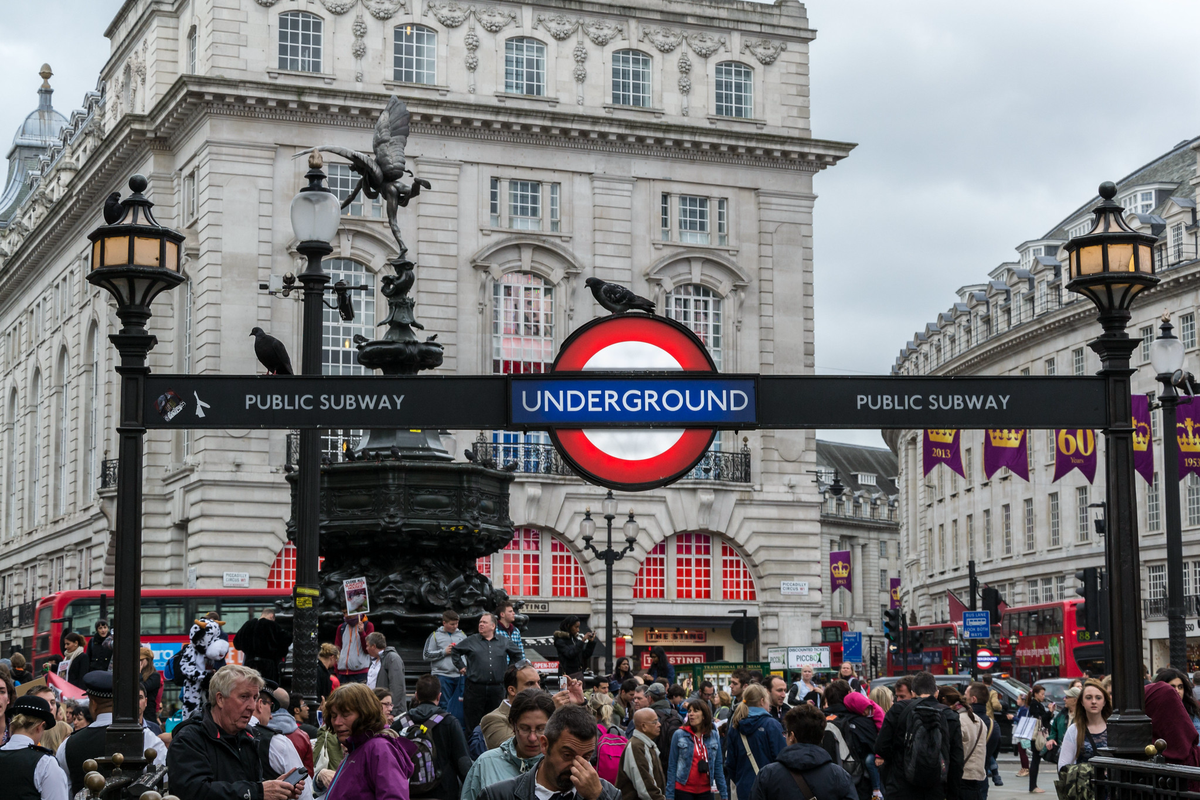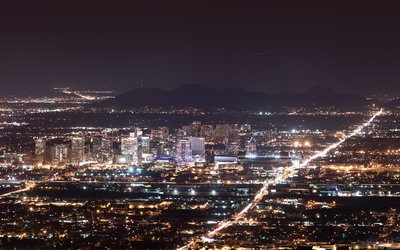
London, Piccadilly Circus (photo: Domenico Convertini, www.flickr.com)
Urban heat
During heatwaves in 2022, air temperature in parts of London with the 10% highest density of trees was 1.2°C lower, on average, then air temperature in parts of the city with the 10% lowest tree density. Differences were greatest at night, with temperatures around 2.0°C lower in the areas with the highest tree density. Day-time differences were 0.8°C.
Cooling potential of trees
Heat kills, and the urban heat island effect increases heat-related mortality of heatwaves. It is estimated that trees have reduced heat-related mortality in London by around 16% in recent years (from 2015–2022). London has a strategy to increase tree coverage by 10%. This would reduce this mortality by a further 10%. A far more ambitious strategy of a maximal tree coverage in the cities and squares of London could reduce heat-related mortality by 55%. These results are consistent with a study earlier this year that showed we can cool our cities much more than we currently do.
This estimate of the impact of adding more trees to London’s urban environment on reducing mortality lies in between estimates of other studies. For a similar strategy as the one leading to a 10% reduction of mortality in the study above, a higher estimate of a 24% reduction of heat-related mortality has been reported. A lower estimate indicates that a 20% increase in greenspace could result in a 9% decrease in heat-mortality annually in the urban environment. Clearly, there is some uncertainty in the effect of trees on cooling a city. However, research shows that trees in London can significantly reduce heat-related mortality. More trees in the city help to mitigate high urban temperatures and are an effective strategy to reduce heat-related mortality in the future.
Source: Taylor et al., 2024. Environmental Research Letters 19: 054004.








